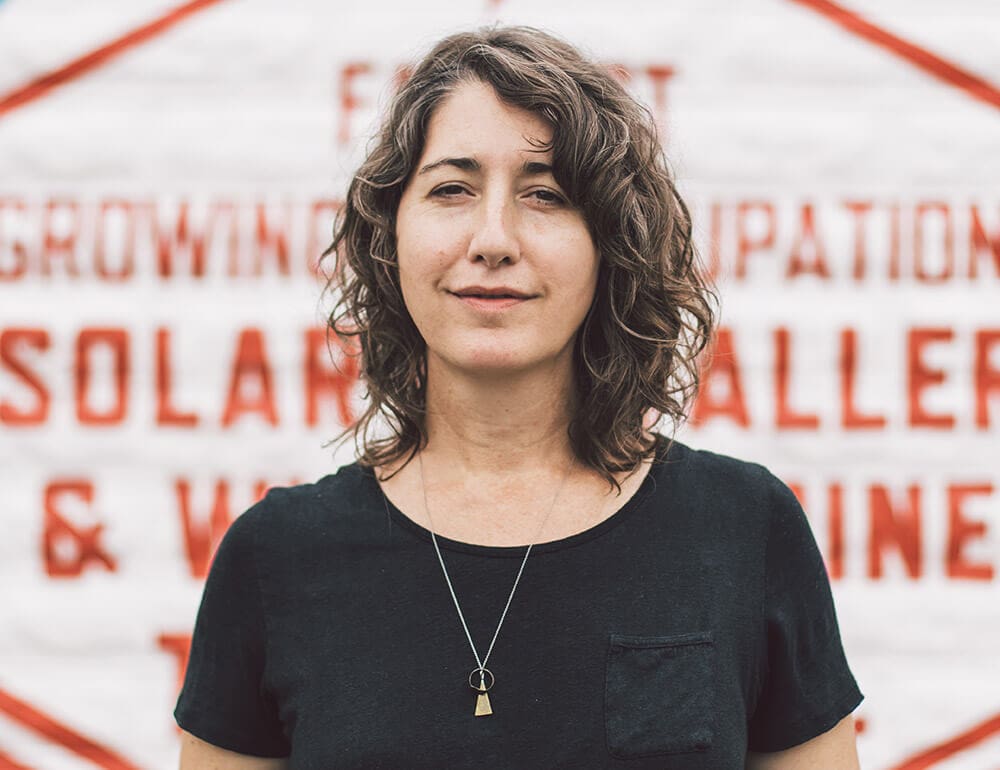
Being a Woman in Business
Anna Tsantir, Two Bettys Owner
December 13, 2019
Only two percent of women who start a business get it past $1 million in revenue.
I am one of those women.
HOW DID I DO IT?
Was it my Harvard MBA? The million dollar loan from my family? The Venture Capitalist who saw my potential and supported Two Bettys right away?
Nope – I had none of those things. But I do have privilege that helped me get to where I am.
I know if I wasn’t a white, educated (in the arts) woman with a father who ran his own business, I might not be here. The skills I learned from working at my dad’s company from the time I was 14 until I was 22 have served me well. He was an immigrant who built his business himself, and his advice and “gut” continue to support Two Bettys. He was my model for how to run a business that was successful, good to its employees, and provided support to a family. Whether it’s barriers to resources and funding, lacking access to supportive mentors or not having opportunities to peek into how businesses start and scale — far too many white women and BIPOC find themselves unable to truly grow a business.
IT’S LONELY TO BE ONE IN FIFTY
I want other women in this space with me. And I want to use my different forms of privilege to level the disparities in economic and financial opportunity. How can we get there?
There are a lot of answers to that question, and many people on the internet have opinions about it. From my perspective, it comes down to this:
First, you have to know how to obtain capital; second, you have to believe that you can get it.
BIPOC business owners, and women business owners, are 80 to 90 percent less likely to receive capital when they walk into a bank. Especially if they don’t know about programs like CDFI (Community Development Financial Institutions funds). We have to work hard to educate ourselves about the resources available to us, and network to share knowledge. We also need to demand that resources be made available to support our unique needs as small business owners.
But creating programs to make money available to small businesses is the easy part.
BOOTSTRAPPING IT
White women, immigrants, and BIPOC statistically try to ‘bootstrap’ their own businesses more often than white men because they are unaware of the resources available to them, are not confident asking for those resources (understanding the odds stacked against them in financial spaces) or still fall short of needed capital after doing everything right (“thanks” to systematic oppression). These owners are immediately starting with a disadvantage that has nothing to do with their ability.
It took years for me to go back to a bank after I had been denied for a loan (thank you Women Venture for giving me the confidence and knowledge to go back and ask for what I needed). I told no one about being denied because it felt awful. I bootstrapped Two Bettys like so many successful women and biz cohorts of mine. I worked way harder and longer to get there than my male counterparts that walk into a bank and leave with a check.
Our lack of confidence in asking for money isn’t unfounded. Eight in ten investors think that women get a fair amount of the capital. In truth, women only receive 20% of what men get (most of those men being white). If investors think they’re doing a great job giving capital to white women and BIPOC , then they won’t change their behavior. We need to hold funders and investors accountable to the actual data, rather than their perceptions of what’s true.
In a recent Capita3 leadership program I attended I learned that only three percent of the nation’s startups founded by women are funded. That means the rest of angel Investing and start up investing (97 percent!) goes to men.
PAVING THE PATH
Since getting that loan, I’ve built Two Bettys into a $4.2 million business, with all of that money being re-invested into the business and the people who work here. We employ over 170 people at a fair wage, and provide services to over 1700 clients. Maybe I would have been able to reach this point without that money, but how long would it have taken me? How much harder would I have had to work to get here?
Part of being a mid-sized-business owner, for me, is using my success and my privilege to pave an easier path for the folks coming behind me. It’s an uphill journey but it’s a little less lonely than it was 14 years ago, and hopefully it will be even less lonely the longer I do this.